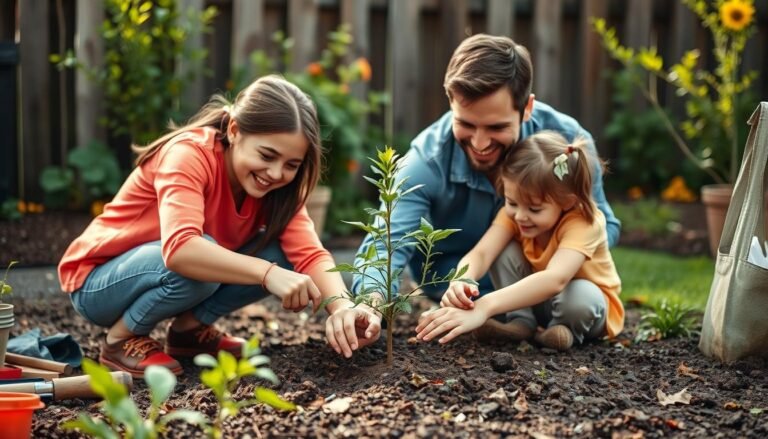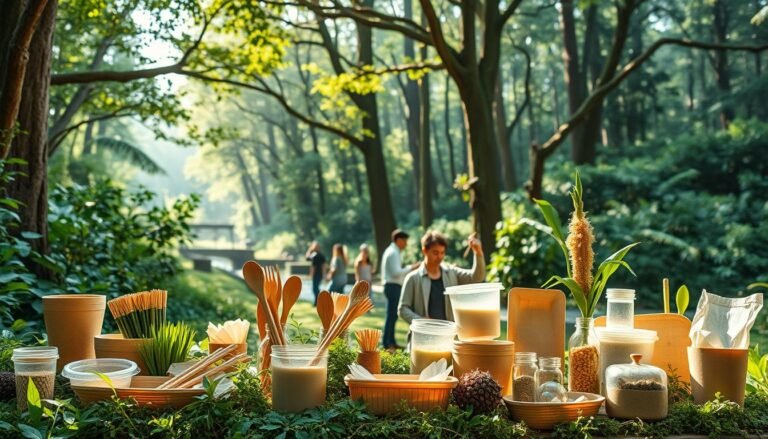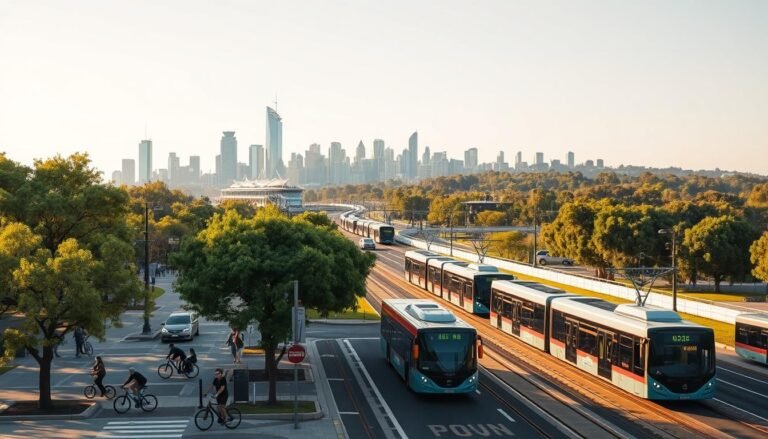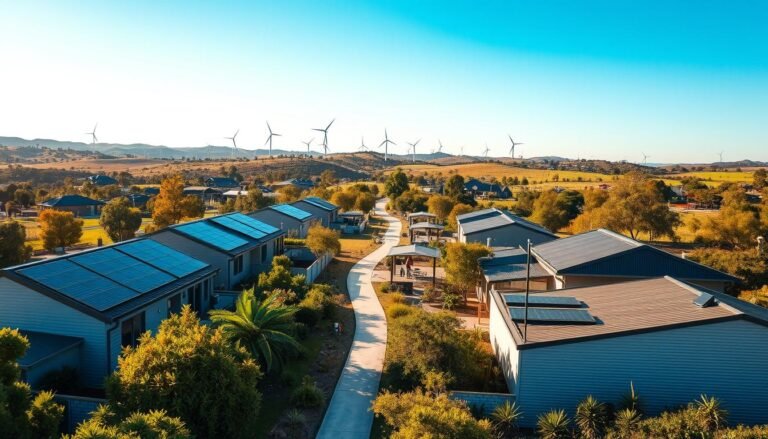Water is our planet’s most precious resource, yet we often take it for granted. With growing concerns about climate change and environmental sustainability, understanding how to use water responsibly has never been more important. This guide explores practical ways to reduce water waste in your daily life, helping you contribute to a more sustainable future while potentially lowering your utility bills.
Global water scarcity affects billions of people worldwide
Why Water Conservation Matters
Though our planet appears water-rich, less than 1% of Earth’s water is readily available for human use. As populations grow and climate patterns shift, many regions face increasing water stress. In Australia alone, drought conditions have highlighted the vulnerability of our water systems.
Water conservation isn’t just an environmental concern—it’s also economic. Reducing water consumption lowers utility bills and decreases the energy required for water treatment and distribution. This creates a ripple effect of benefits for both individuals and communities.
Understand Your Water Footprint
Most people are surprised to learn how much water they use daily. Calculating your water footprint is the first step toward more sustainable habits.
Household Water Conservation Strategies
The average household uses significant amounts of water daily through activities we barely notice. By implementing a few simple changes, you can dramatically reduce your water consumption without sacrificing comfort or convenience.
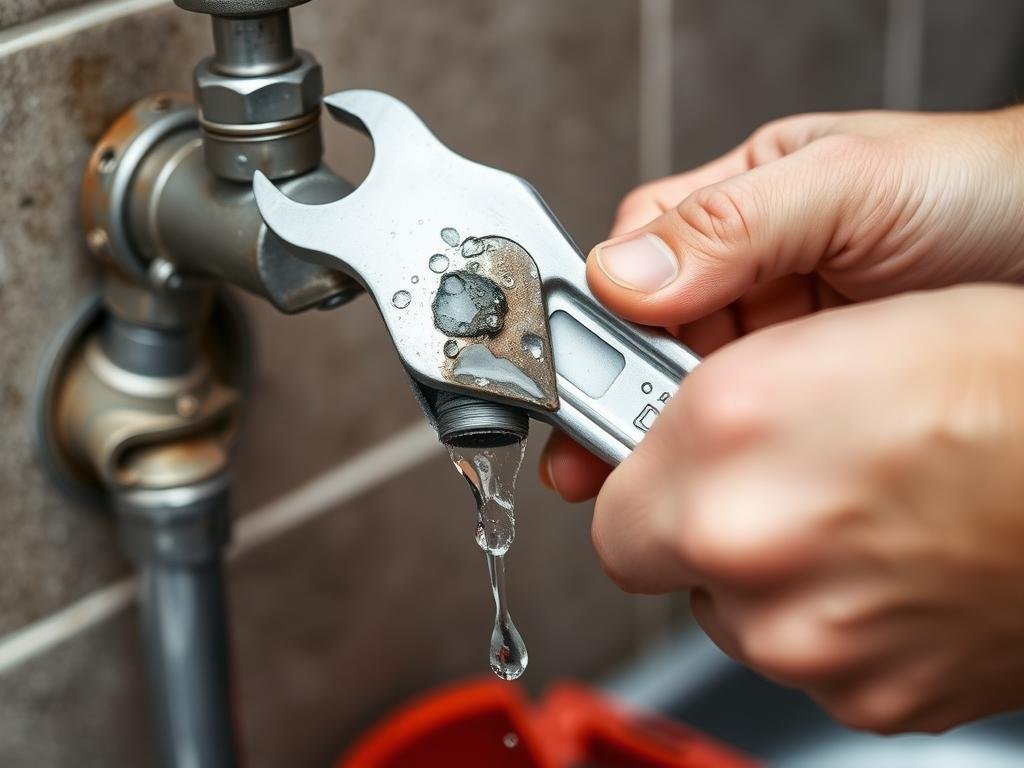
Fix Leaks and Drips
A dripping faucet might seem minor, but it can waste thousands of liters annually. A leaking toilet can waste even more—up to 200 liters daily. Regularly check for and repair leaks throughout your home.
“A single dripping tap can waste more than 20,000 liters of water per year—equivalent to 13% of an average household’s annual water use.”
Install Water-Efficient Fixtures
Modern water-efficient fixtures can significantly reduce consumption without affecting performance. Look for products with high Water Efficiency Labelling and Standards (WELS) ratings when upgrading your bathroom or kitchen.
Low-Flow Showerheads
Can reduce shower water usage by up to 40% while maintaining good pressure and comfort.
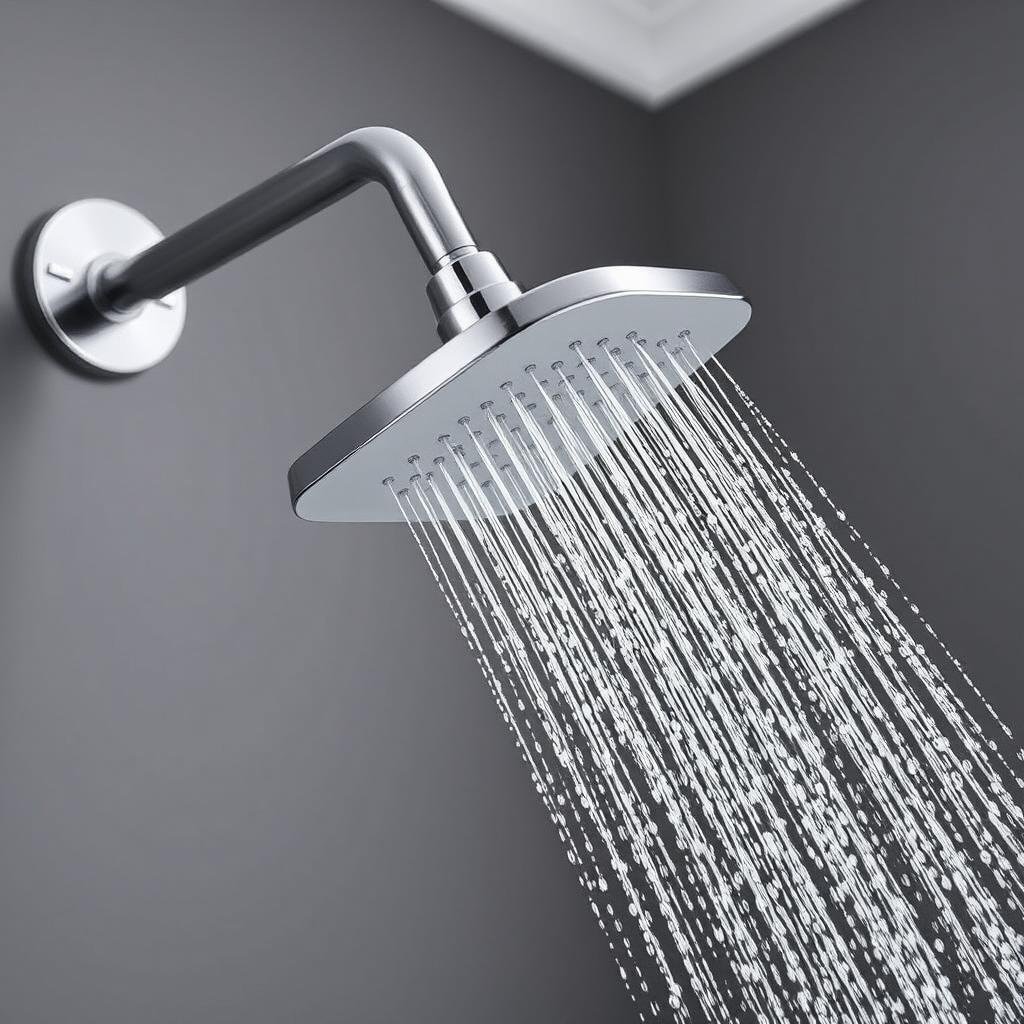
Dual-Flush Toilets
Use up to 67% less water than conventional toilets by offering different flush options.
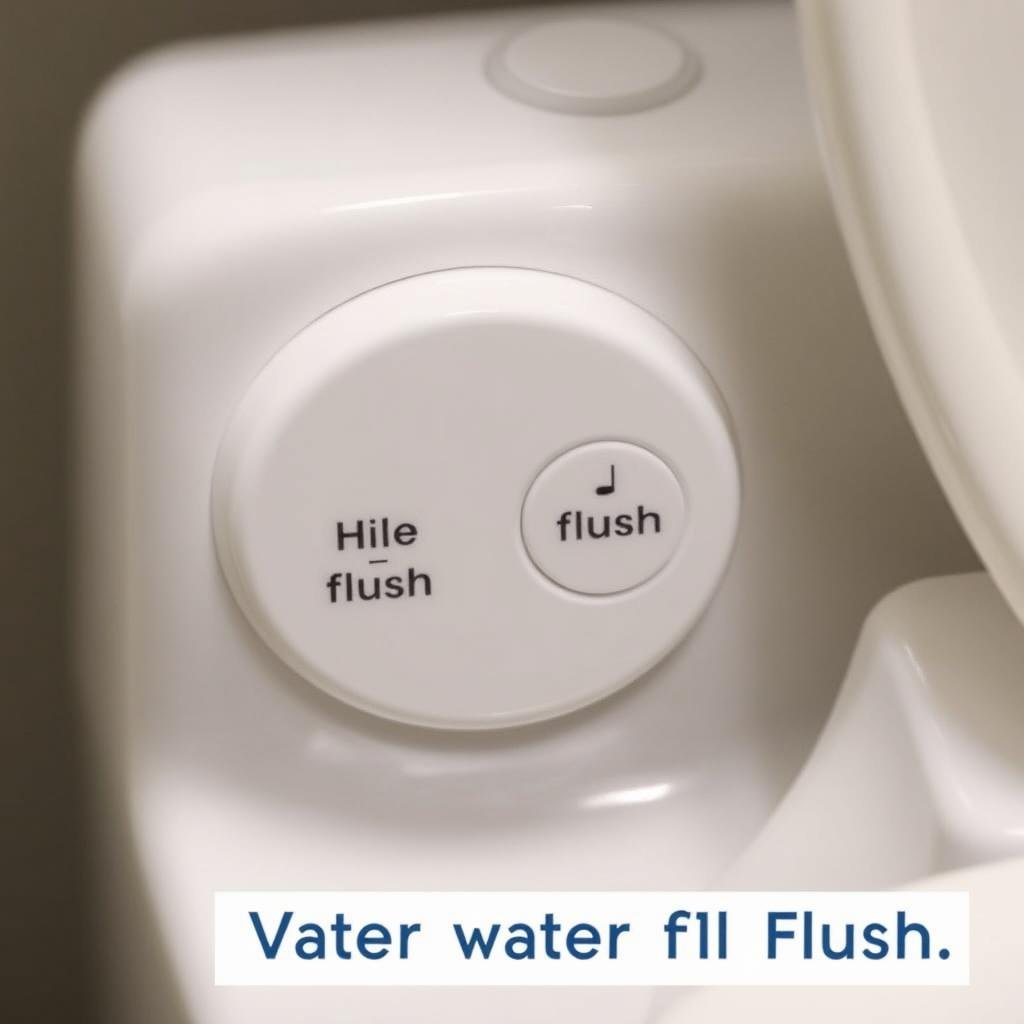
Mindful Daily Habits
Small behavioral changes can add up to significant water savings over time. These eco water usage habits require minimal effort but deliver substantial benefits:
- Turn off the tap while brushing teeth or shaving (saves up to 10 liters per minute)
- Take shorter showers (aim for 4 minutes or less)
- Run washing machines and dishwashers only when full
- Keep a pitcher of drinking water in the refrigerator instead of running the tap until it’s cold
- Reuse pasta cooking water for plants after it cools
Track Your Progress
Monitor your water bills to see the impact of your conservation efforts. Many water utilities offer online tools to track your usage patterns.
Water-Wise Gardening
Outdoor water use can account for 30-50% of residential consumption. Creating a water-efficient garden not only conserves this precious resource but also results in healthier, more resilient plants.
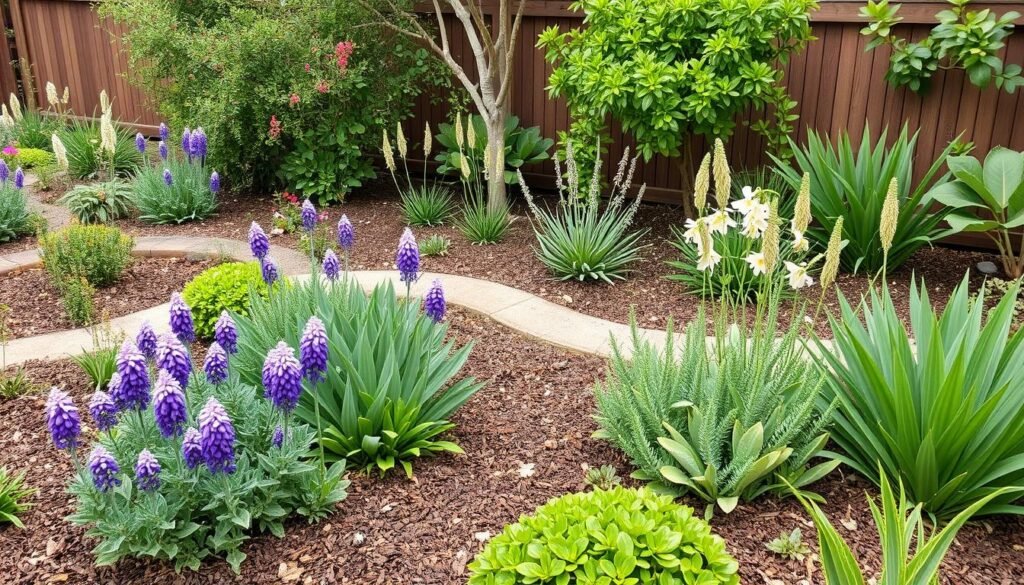
Native plants and proper mulching create beautiful, water-efficient landscapes
Choose Native and Drought-Tolerant Plants
Plants adapted to your local climate require less supplemental watering once established. Australian natives are particularly well-suited to our variable rainfall patterns and can thrive with minimal irrigation.
Kangaroo Paw
Striking flowers with minimal water needs once established.
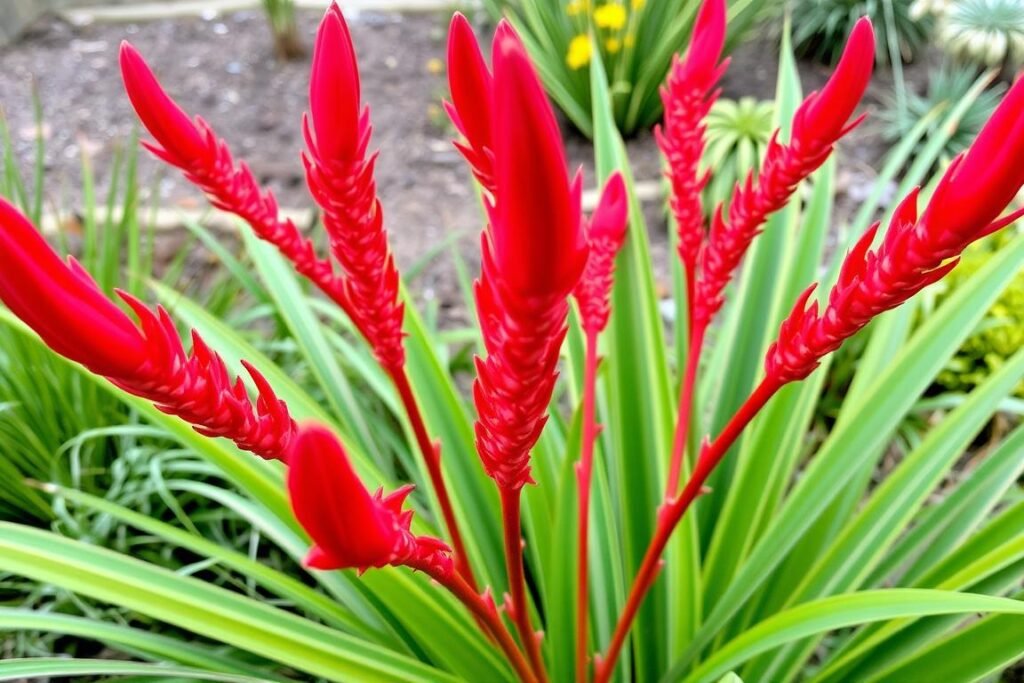
Grevillea
Attracts birds and insects while requiring little water.
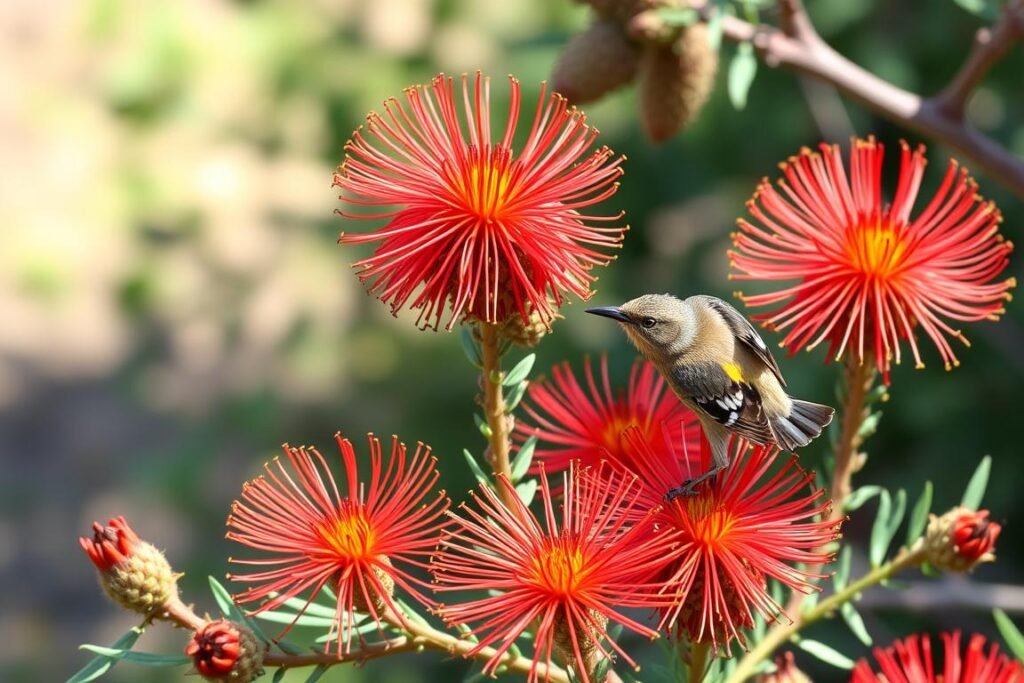
Coastal Rosemary
Fragrant, silvery foliage that thrives in dry conditions.
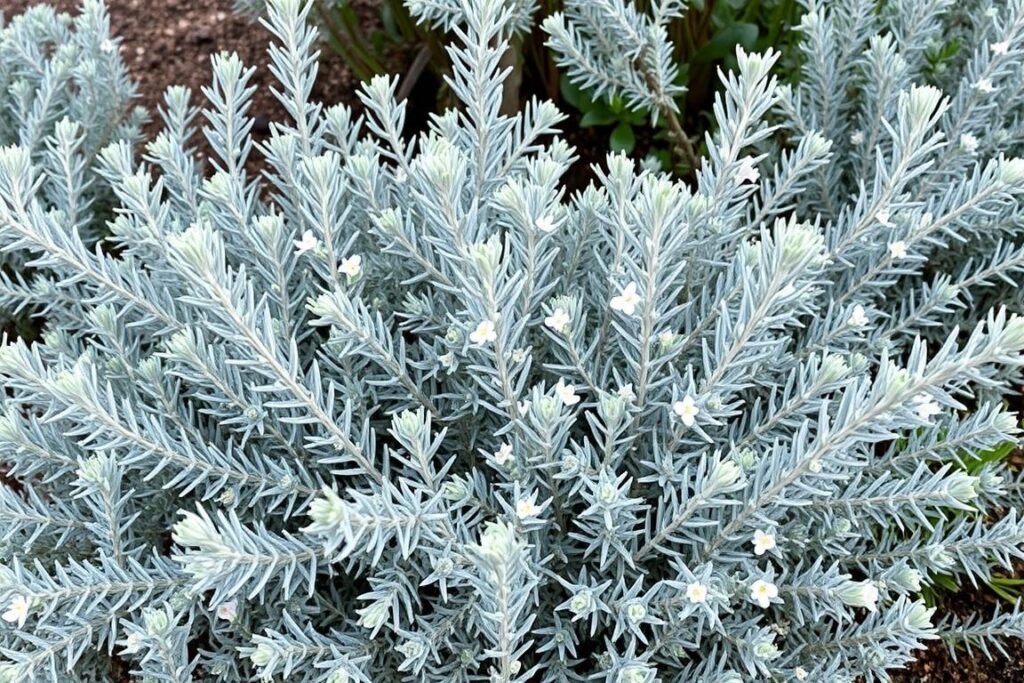
Smart Irrigation Practices
How and when you water makes a significant difference in water efficiency. Implementing these green water habits can reduce your garden’s water consumption by up to 50%:
- Water deeply but infrequently to encourage deep root growth
- Water early morning or evening to minimize evaporation
- Install drip irrigation systems that deliver water directly to plant roots
- Use rain sensors or smart controllers that adjust watering based on weather conditions
- Group plants with similar water requirements together (hydrozoning)
Did you know? Applying a 5-7cm layer of mulch can reduce water evaporation from soil by up to 70% while also suppressing weeds and improving soil health.
Advanced Water Conservation Techniques
For those ready to take water conservation to the next level, these systems can dramatically reduce dependence on municipal water supplies while creating more sustainable homes and gardens.
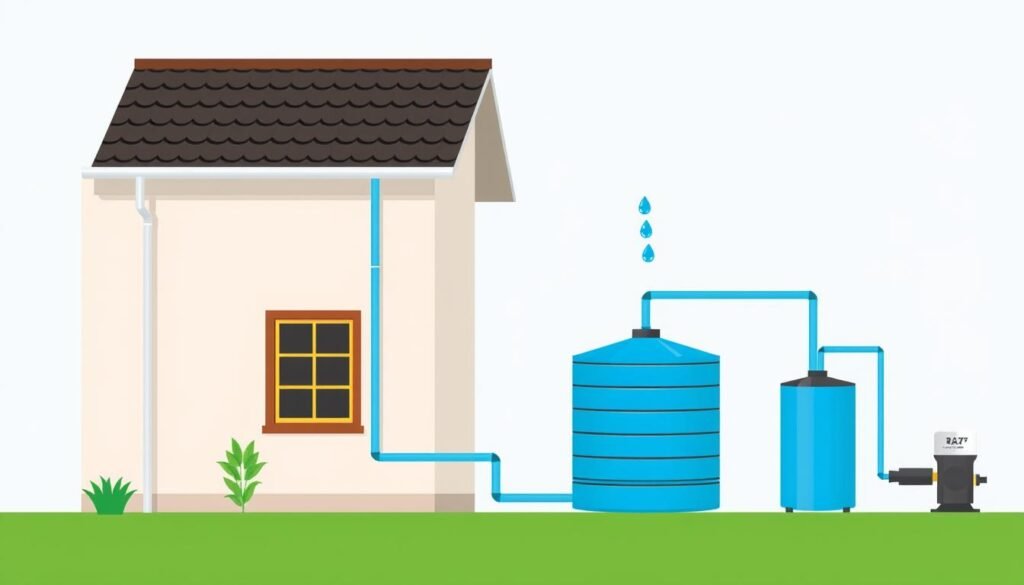
Rainwater harvesting systems can supply water for multiple household uses
Rainwater Harvesting
Collecting rainwater from your roof can provide a significant alternative water source for garden irrigation, toilet flushing, and laundry. A properly designed system can capture thousands of liters during a single rainfall event.
Components of a Rainwater Harvesting System:
- Catchment area (typically your roof)
- Gutters and downpipes
- First-flush diverter (removes initial, dirtier runoff)
- Storage tank (above or below ground)
- Filtration system
- Pump (if needed for pressure)
- Distribution system
Benefits of Rainwater Harvesting:
- Reduces dependence on municipal water
- Lowers water bills
- Provides softer water (free of chlorine and minerals)
- Reduces stormwater runoff and associated pollution
- Offers water security during restrictions
- Can qualify for rebates in many areas
Greywater Recycling
Greywater—wastewater from showers, baths, washing machines, and bathroom sinks—can be safely reused for garden irrigation when properly managed. This creates a circular water system within your property.
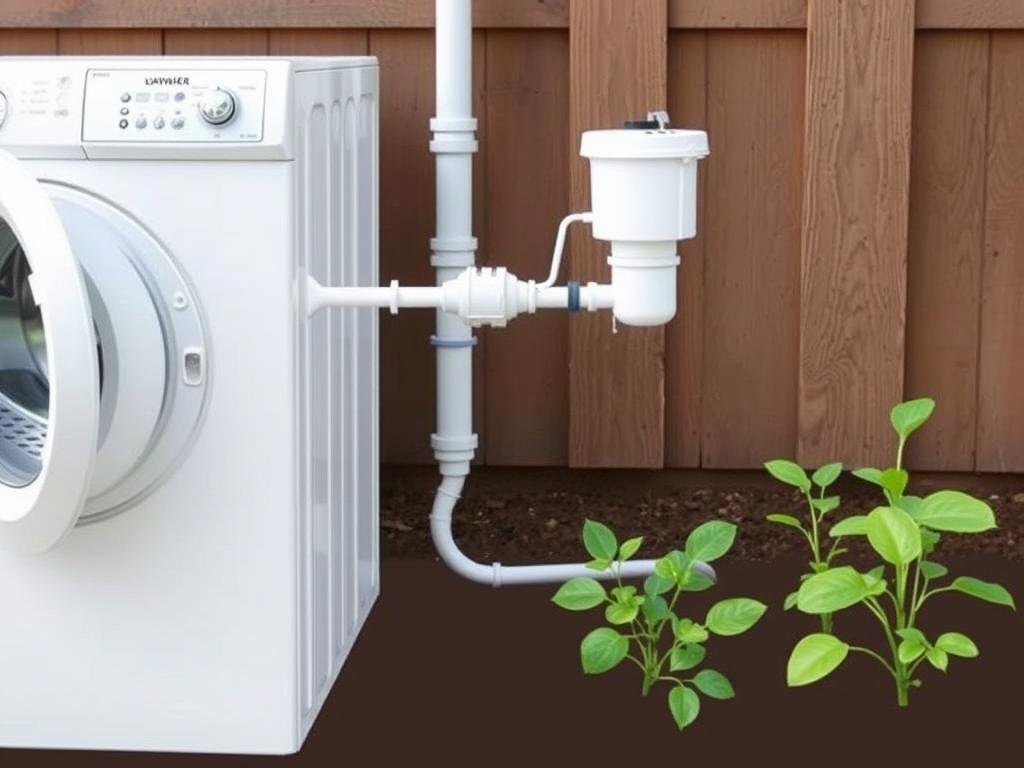
Important: Always use plant-friendly, biodegradable soaps and detergents when planning to reuse greywater. Avoid using greywater on edible parts of plants, and don’t store it for more than 24 hours.
Ready to Implement Advanced Water Conservation?
Download our comprehensive guide to rainwater harvesting and greywater systems for detailed instructions and local regulations.
Download Water Conservation Guide
Community Water Conservation Efforts
Individual actions are powerful, but community-wide initiatives can create even greater impact. Getting involved in local water conservation efforts amplifies your contribution while connecting you with like-minded individuals.
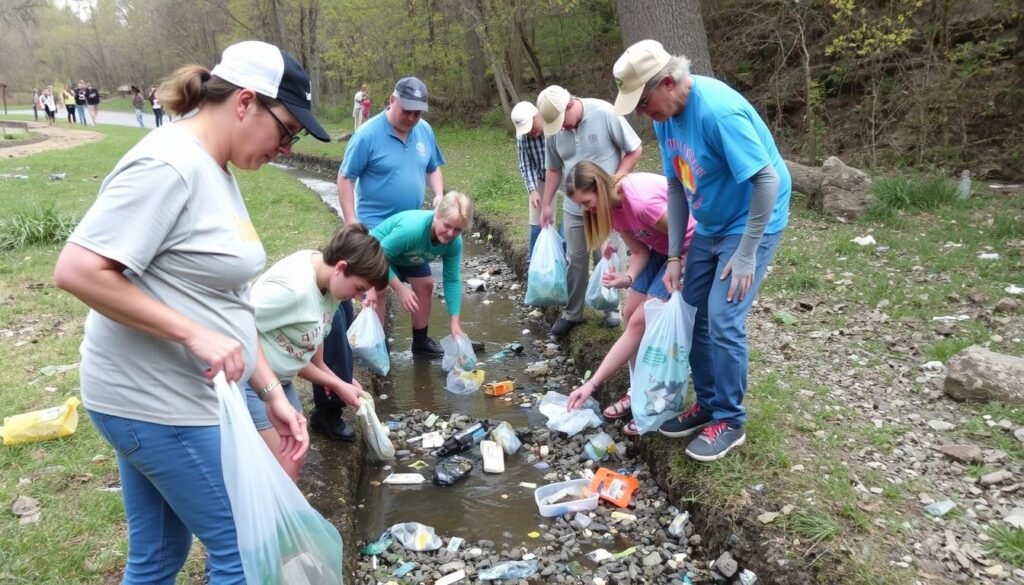
Community waterway cleanup events help protect local water resources
Ways to Get Involved
- Participate in or organize waterway cleanup events
- Join citizen science projects monitoring water quality
- Support water-conscious businesses and products
- Advocate for water-sensitive urban design in your community
- Share water conservation knowledge with neighbors and friends
How can schools promote water conservation?
Schools can implement water-saving fixtures, create rain gardens, develop educational programs about the water cycle, and engage students in monitoring the school’s water usage. Student-led water conservation initiatives are particularly effective at creating lasting awareness.
What role can businesses play in water conservation?
Businesses can conduct water audits, upgrade to efficient fixtures, implement water recycling systems, train staff on conservation practices, and incorporate water stewardship into their sustainability goals. Many industries can significantly reduce water use through process optimization.
Taking the First Step Toward Water Sustainability
Water conservation isn’t about deprivation—it’s about thoughtful, efficient use of a precious resource. By implementing even a few of the strategies outlined in this guide, you can make a meaningful difference in protecting our water supply for future generations.
Remember that sustainable water use is a journey, not a destination. Start with simple changes, monitor your progress, and gradually incorporate more advanced techniques as you become comfortable with your new habits.

Start Your Water Conservation Journey Today
Download our printable water conservation checklist to track your progress and ensure you’re implementing the most effective strategies for your home.
Every drop truly counts. Your actions, combined with those of others in your community, create a powerful force for positive environmental change. Together, we can ensure water remains available and clean for generations to come.
